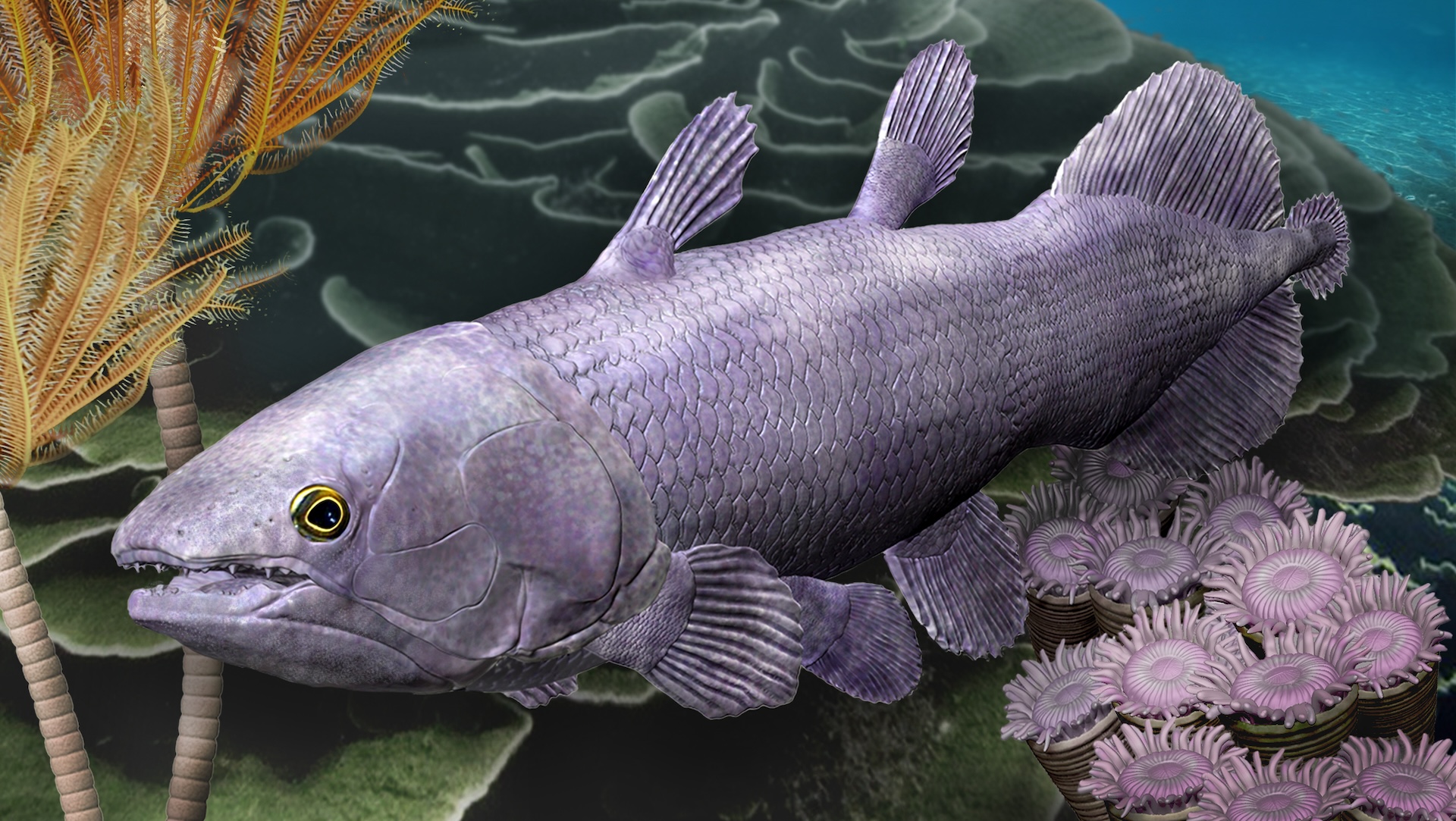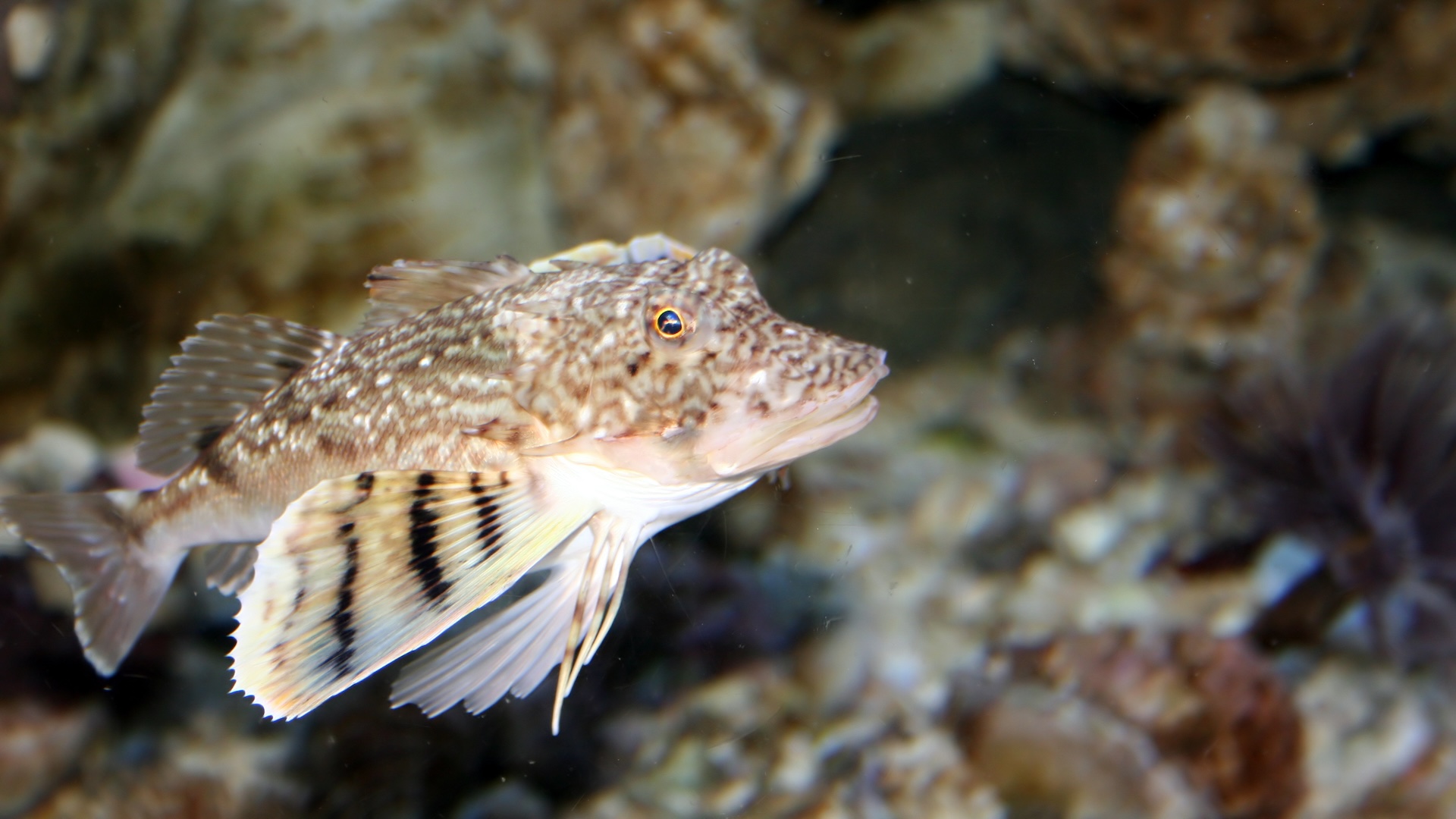Remote Sensing, Vol. 15, Pages 2727: Synergy of Sentinel-1 and Sentinel-2 Imagery for Crop Classification Based on DC-CNN
Remote Sensing doi: 10.3390/rs15112727
Authors: Kaixin Zhang Da Yuan Huijin Yang Jianhui Zhao Ning Li
Over the years, remote sensing technology has become an important means to obtain accurate agricultural production information, such as crop type distribution, due to its advantages of large coverage and a short observation period. Nowadays, the cooperative use of multi-source remote sensing imagery has become a new development trend in the field of crop classification. In this paper, the polarimetric components of Sentinel-1 (S-1) decomposed by a new model-based decomposition method adapted to dual-polarized SAR data were introduced into crop classification for the first time. Furthermore, a Dual-Channel Convolutional Neural Network (DC-CNN) with feature extraction, feature fusion, and encoder-decoder modules for crop classification based on S-1 and Sentinel-2 (S-2) was constructed. The two branches can learn from each other by sharing parameters so as to effectively integrate the features extracted from multi-source data and obtain a high-precision crop classification map. In the proposed method, firstly, the backscattering components (VV, VH) and polarimetric components (volume scattering, remaining scattering) were obtained from S-1, and the multispectral feature was extracted from S-2. Four candidate combinations of multi-source features were formed with the above features. Following that, the optimal one was found on a trial. Next, the characteristics of optimal combinations were input into the corresponding network branches. In the feature extraction module, the features with strong collaboration ability in multi-source data were learned by parameter sharing, and they were deeply fused in the feature fusion module and encoder-decoder module to obtain more accurate classification results. The experimental results showed that the polarimetric components, which increased the difference between crop categories and reduced the misclassification rate, played an important role in crop classification. Among the four candidate feature combinations, the combination of S-1 and S-2 features had a higher classification accuracy than using a single data source, and the classification accuracy was the highest when two polarimetric components were utilized simultaneously. On the basis of the optimal combination of features, the effectiveness of the proposed method was verified. The classification accuracy of DC-CNN reached 98.40%, with Kappa scoring 0.98 and Macro-F1 scoring 0.98, compared to 2D-CNN (OA reached 94.87%, Kappa scored 0.92, and Macro-F1 scored 0.95), FCN (OA reached 96.27%, Kappa scored 0.94, and Macro-F1 scored 0.96), and SegNet (OA reached 96.90%, Kappa scored 0.95, and Macro-F1 scored 0.97). The results of this study demonstrated that the proposed method had significant potential for crop classification.

 1 year ago
33
1 year ago
33


